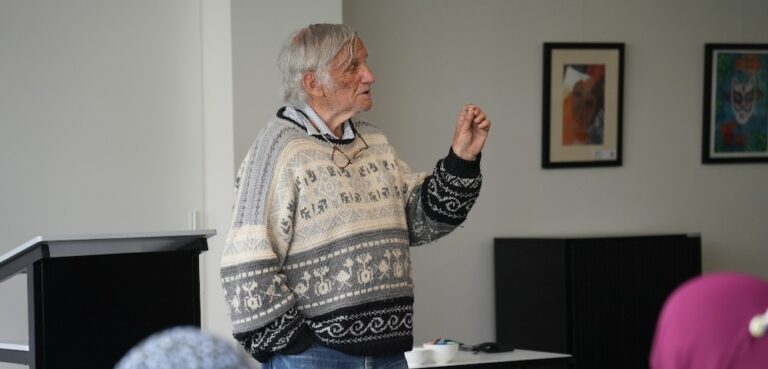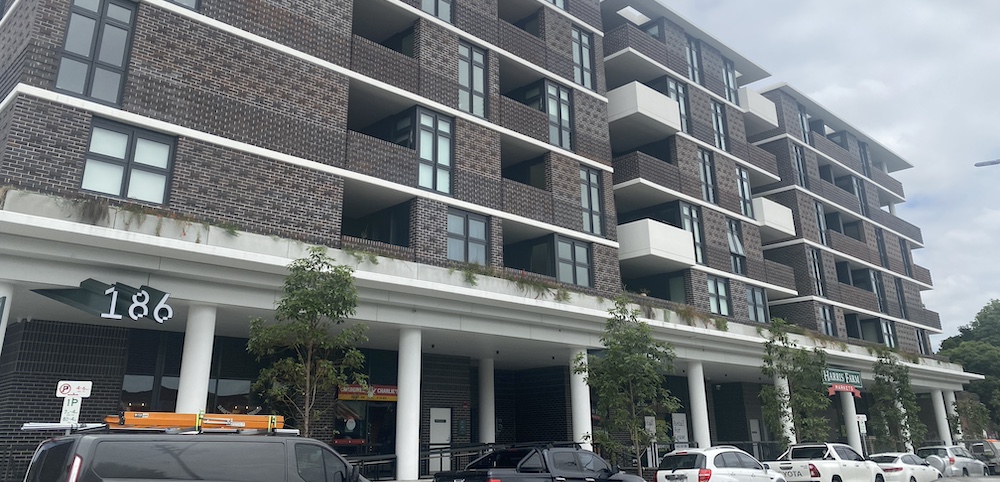
Pedal Power wins the day in the Inner West

By JOHN MOYLE
The demand for more cycleways and the advent of COVID-19 made for strange bedfellows that have seen new pop-up cycleways created across Sydney.
They have come about through responses from government, local council and residents to take pressure off public transport and the demand for safer routes offering access to key employment areas and improved recreational experiences.
The Inner West Council is installing two cycleway projects approved for funding by Transport for NSW that will form part of the east-west route between Summer Hill and Newtown, linking the area to the CBD, and a project on Livingstone Road from Randall Street Marrickville to Marrickville Park.
“The Livingstone Road link connects with a recently completed link between Marrickville and Dulwich Hill stations known as Local Route 18 in the Marrickville Bicycle Strategy,” Spokesperson, Inner West Council said.
Funded by the NSW Government, the projects are expected to cost around $1 million each.
“The planned work includes new line markings and signs on existing cycleways for bike rider safety, and on Douglas Street and Railway Avenue, a separate cycleway will be installed, which is 2.4 metres wide,” a spokesperson from the Inner West Council said.
“It will have two lanes, one going in each direction and a physical barrier to parked cars for cyclist safety.”
By the end of February, weather permitting, the cycleway will link Petersham Station with Newtown Station and give users the opportunity to access the CBD, UTS, University of Sydney and the Broadway shops.
“This particular route has been discussed for 10 to 15 years as part of the Summer Hill to Newtown cycleway,” Bob Moore, Webmaster of the Inner West Bicycle Coalition said.
The missing link
Representing over 300 bike riders, the IWBC is an amalgamation of bike user groups from Marrickville, Ashfield and Leichhardt before the merging of the councils into the Inner West Council. While maintaining their local identities the bike user groups now use the overarching body to lobby and write submissions as a block.
“The Summer Hill to Newtown route is now a very useful route and we had some consultation about it earlier on,” Bob Moore said.
“It may not be the final route, but a quick one to get something done, and then they will assess it on the basis of how it works.”
The Newtown end of the section still has to overcome the logistical problem of how riders are to get across King Street.
“Currently the Inner West Council cycleway network is connected to the City of Sydney area at King Street, via Eliza Street in Newtown,” a spokesperson from the City of Sydney said.
“There is a missing section of cycleway on Wilson Street, between King Street and Erskineville Road, and this section is a state road and is controlled by Transport for NSW.”
“The City supports TfNSW completing this missing link to allow it to fulfil its potential.”
“There’s about a 200 metre gap from where it ends at Enmore Road, and they need to sort this out,” Bob Moore said.
The City of Sydney is currently recording around 10,000 bike trips per week along Wilson Street.
“A NSW Government survey found that 70 percent of people in NSW would ride more often if it was safer, and the number of people on bikes has increased in places where safer routes have been provided,” Spokesperson, Inner West Council said.
Skyrocketing bike traffic
While IWC could not provide numbers, a spokesperson said that Carrington Road in Marrickville experienced a 50 per cent increase in the first year, Bowden Street Alexandria a 250 per cent increase and George Street Redfern showed a 400 per cent increase in bike traffic since a protected bike path was installed.
“The thing that we have been encouraged by these pop-ups is the use of physical separation as painting a line on the road has zero impact on road safety,” Bastien Wallace, the General Manager of Public Affairs at Bicycle NSW said.
Being temporary projects, the cycleways have been built using easy to install infrastructure such as painted road markings, temporary kerbs, lane dividers and flexible barriers.
All are located on already busy routes and connect to existing cycleways.
The routes have also been chosen for being where public transport is likely to be overcrowded.
Further cycleways are planned for Randwick, Liverpool, Manly, Parramatta as well as regional and outer Metro areas.
“Some people have worried about the cycleways being a temporary measure during Covid, but there is also a process in place where people can provide their feedback,” Bastien Wallace said.
It’s a case of use it or lose it.









